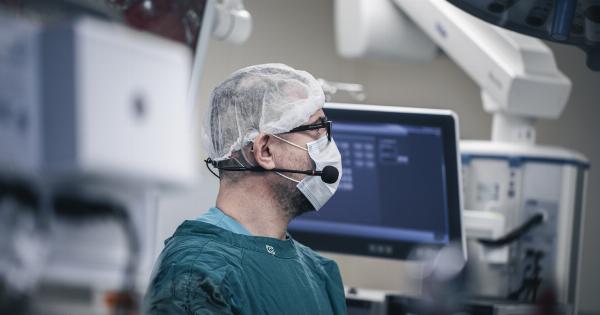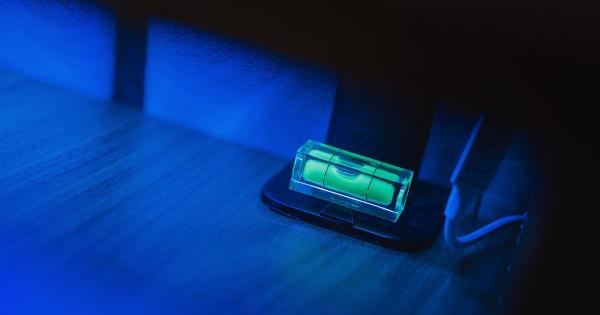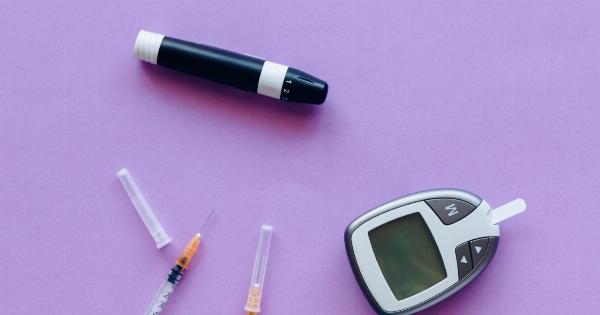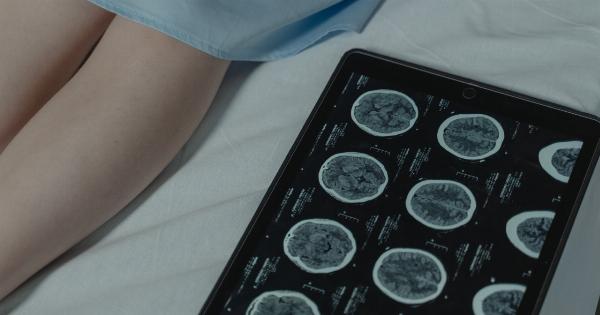Skin cancer is one of the most common types of cancer, with millions of cases diagnosed each year. Early detection and timely treatment are essential for improving outcomes and increasing survival rates.
Traditionally, skin cancer diagnosis involved painful biopsies, inconvenient dermatologist visits, and lengthy waiting times for lab results. However, advancements in smart technology have revolutionized the process, providing faster and less invasive methods for diagnosing skin cancer.
This article explores the ways in which smart technology is saving time and reducing pain in skin cancer diagnosis.
1. AI-powered Skin Cancer Apps
Artificial intelligence (AI)-powered skin cancer apps have gained popularity in recent years. These apps use machine learning algorithms to analyze images of suspicious moles or lesions and provide users with a risk assessment.
By simply taking a photo of the affected area with their smartphone, individuals can receive instant feedback on whether or not they should seek further medical attention. This eliminates the need for unnecessary dermatologist visits and reduces the anxiety associated with waiting for biopsy results.
2. Dermoscopy Devices
Dermoscopy, also known as dermatoscopy, is a technique that allows dermatologists to examine skin lesions using a handheld device called a dermoscope.
Smart dermoscopes have advanced features such as built-in cameras, magnifiers, and polarized light sources. These devices enable dermatologists to capture high-resolution images of skin lesions and analyze them in real-time.
Dermoscopy devices not only eliminate the need for invasive biopsies but also enable remote consultations, saving patients the hassle of traveling for an in-person appointment.
3. Mobile Apps for Self-Examinations
Regular self-examinations of the skin are crucial for detecting skin cancer early. However, many people are unsure of what to look for or how to perform a self-examination effectively.
Smart technology has addressed this problem by providing mobile apps that guide individuals through the process of self-examination. These apps educate users about the ABCDE rule (asymmetry, border irregularity, color variation, diameter, and evolving) for identifying potential signs of skin cancer.
By empowering individuals to take a proactive approach to their own skin health, these apps contribute to early detection and intervention.
4. Teledermatology
Teledermatology is a telemedicine approach that allows patients to consult with dermatologists remotely for skin health concerns.
Smart technology enables individuals to take photos of their skin lesions and securely transmit them to dermatologists for evaluation. Through teleconferencing, dermatologists can provide a diagnosis, suggest treatment options, and even prescribe medication without the need for an in-person visit.
Teledermatology is particularly beneficial for individuals in rural or underserved areas, as it eliminates the need for long-distance travel and reduces wait times for specialized care.
5. Wearable Skin Monitoring Devices
Wearable skin monitoring devices have become increasingly popular among individuals at high risk for skin cancer, such as those with a family history or extensive sun exposure.
These devices can be worn on the skin, similar to a patch or a bandage, and continuously monitor various parameters, including UV exposure, moisture levels, and temperature. By collecting data over time, these devices can alert users to changes in their skin and provide early warnings for potential cancerous growth.
This proactive approach to monitoring reduces the need for frequent dermatologist visits and enables individuals to take preventive measures to protect their skin.
6. Biopsy-free Molecular Testing
Biopsies, which involve the removal of a tissue sample for laboratory analysis, are often necessary for confirming a skin cancer diagnosis. However, they can be painful and result in scarring.
Smart technology has introduced biopsy-free molecular testing methods, such as gene expression profiling and gene sequencing, which analyze the genetic information of skin cells to determine their cancerous potential. These non-invasive methods can often provide accurate diagnoses without the need for a physical biopsy, sparing patients unnecessary pain and discomfort.
7. Computer-aided Diagnosis
Computer-aided diagnosis (CAD) systems are intelligent algorithms that assist dermatologists in analyzing skin lesions and making accurate diagnoses.
By analyzing images or data provided by various smart devices, CAD systems can quickly identify key features indicative of skin cancer. This technology not only saves time for dermatologists but also improves diagnostic accuracy, reducing the chances of misdiagnosis or unnecessary treatments.
CAD systems act as a valuable second opinion, ensuring that clinicians have access to the latest advancements in skin cancer diagnosis.
8. Virtual Reality Training
Training dermatologists to accurately identify and diagnose skin cancer is a challenging and time-consuming process.
Virtual reality (VR) technology has emerged as a powerful tool for training medical professionals in a realistic and immersive environment. VR simulations allow dermatologists to practice identifying different types of skin lesions, mimicking real-world scenarios.
By honing their diagnostic skills in a virtual setting, dermatologists can improve their accuracy and efficiency when diagnosing skin cancer, ultimately benefiting patients by reducing the likelihood of missed diagnoses or unnecessary procedures.
9. Cloud-based Data Management
The massive amount of data generated by smart technology in skin cancer diagnosis requires efficient storage and management.
Cloud-based platforms provide secure and scalable solutions for storing and analyzing patient data, facilitating seamless collaboration between healthcare providers. Dermatologists can access patient records, images, and test results from any location, allowing for continuity of care and reducing delays in diagnosis and treatment.
Cloud-based data management also supports research initiatives by providing access to large datasets, advancing our understanding of skin cancer and improving future diagnostic techniques.
10. Smart Skin Patches
Smart skin patches are flexible, adhesive devices that can monitor various aspects of skin health. These patches contain sensors that measure parameters such as temperature, moisture, and pH levels.
They can also detect changes in electrical impedance, which may indicate the presence of abnormal cells. Smart skin patches can continuously monitor the skin’s condition, providing valuable data for dermatologists to track changes and detect early signs of skin cancer.
By integrating seamlessly into everyday life, these patches offer a non-invasive and user-friendly approach to skin cancer monitoring.





























